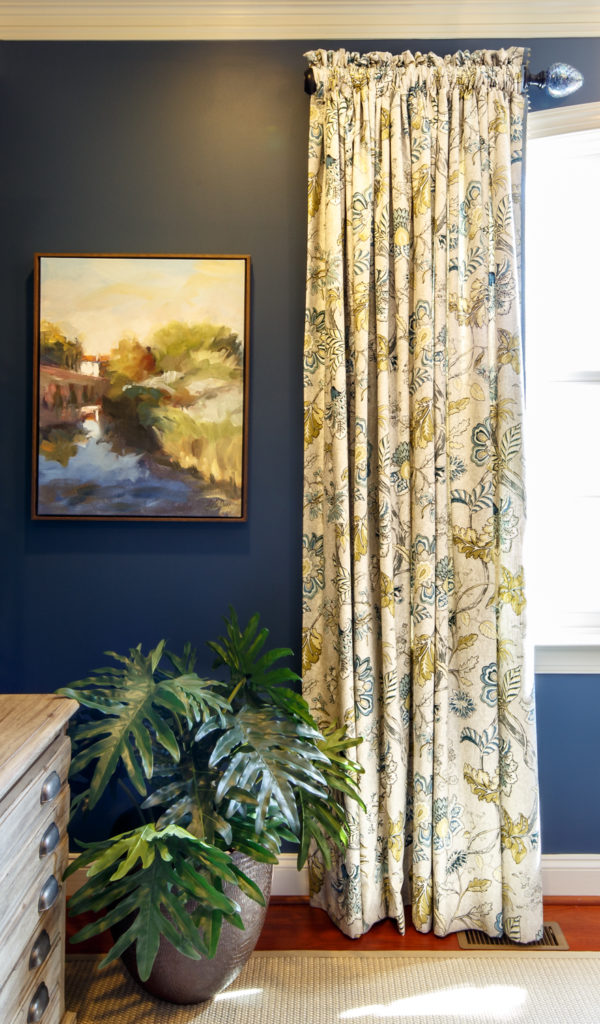
stunning drapery panels– a scl design project
Often when discussing custom window treatments with a client, I find myself having what I call “The Conversation”. I call this chat “The Conversation” because I have had it so many times, with so many clients.
“The Conversation” allows me to build an appreciation for custom draperies, set the client’s expectations and help them understand why window treatments are so costly. Custom window treatments consist of multiple layers of material and a great deal of labor is involved. It all adds up.
In addition, several other components are necessary to create a well-made window treatment. On the human side, it requires accurate measurements, an expert hand to fabricate and precise installation. It is hard. To appreciate the final cost, my client needs to understand the process and all the pieces. Also, I do not miss the opportunity to stress how window treatments can make or break a room!
So let’s have our own conversation about the components of a custom window treatment.
The Main Fabric
Chose a fabric that suits your style and budget, while also complimenting the other elements in the room. The yardage requirements for your treatments will vary depending on the design. So if budget is an issue, consider a more simple treatment.
Also consider a less expensive fabric to keep costs down. For example, there are fabulous faux silk fabrics that are a fraction of the cost of real silk. The same is true for linen.
I love to use a “linen like” fabric, instead of the real thing. Real linen wrinkles, stretches and can be pricey. A polyester/linen or cotton blend fabric is much less expensive and looks great. Only you and your designer will know it’s not the real deal.
Lining
Don’t skimp on the lining!
Lining is the fabric that is sewn onto the back of the main fabric and will be seen from outside the window. It is typically a thin cotton sateen fabric in a neutral color. The lining protects the main fabric and provides a clean, unified look from the street.
At SCL, we recommend using interlining on almost every treatment. Interlining is exactly as it sounds; it is a lining between the main fabric and the lining on the back on the treatment. Interlining adds a layer of protection for the main fabric. This is very important for expensive or fragile fabrics such as silk. Interlining also adds body to the treatment and minimizes sunlight filtering through the main fabric. This lets the color and pattern of the main fabric read true.
In some circumstances, you might want to use a black out or room darkening interlining. These linings are extra thick and can be made of felt or a solid rubber type of material. Black out lining blocks natural and street light, insulates and softens outside noise.
It is not necessary to line sheer drapery panels. However, doing so will give the treatment more body, help it hang better and protect the fabric from sun damage. At SCL, we line most of our sheer window treatments with a very light batiste lining. Batiste lining is semi-sheer and light weight. We think it gives the treatment a more finished look.
Trim
This is my favorite part! Adding trim to your window treatment is like putting on a fabulous pair of earrings to give your outfit that “wow” factor! Trim is a decorative embellishment that is applied or sewn onto the drapery treatment. The role of decorative trim is to enhance the design and garner attention. It is that extra something that creates a layered luxe to your windows. Don’t forget the trim!
Hardware
Hardware is the functional piece of the window treatment puzzle. Simply put, drapery hardware holds the treatment in place. However, it can be surprisingly complicated. Think of the hardware as the “mechanical” component of your window treatments. How do you want the treatments to hang and function? Measure carefully and know that all architectural details or impediments must be considered.
Keep in mind, hardware for one treatment can require several pieces. For example, a drapery rod requires brackets to attach it to the wall, hooks or rings to attach the panels to the rod, finials to finish the end of the rods and perhaps a baton to help draw the panel closed.
Although hardware performs a function, it can also contribute a decorative element to your room. Hardware can look pretty while doing its job!
Select hardware that compliments the style and mood of your room. Today there are so many interesting materials and finishes available in drapery hardware. I love to use metal rods with simple rings. But to kick things up, I pair the rod with fun finials. Finals with colored glass, cut crystal, beads or rope can make an ordinary element special.
Fabrication
It is absolutely key to enlist the services of a professional drapery fabricator when making custom window treatments. Again, window treatments are a tricky and expensive business. Hire a professional to get it right.
For more details on the fabrication process, please view “Custom Drapery Workrooms”, which was a part of our March SCLgram — Window Treatments — Part I.
Installation
The installation is the final, and oh so important, component of custom window treatments. This is the step you have been waiting for. The Grand Finale! It is time to see the final product beautifully displayed in your home!
Honestly, this step always makes me a little nervous. There have been so many variables along the way–what if something is not right? What if the measurements were off and the draperies drag on the floor? Or maybe there was a dye lot issue with the fabric, that somehow, we missed? Or perhaps, the trim was applied incorrectly?
Human error is always a possibility, and another reason why is is SO important to use an experienced professional for custom window treatments. A professional fabricator works closely with the design to anticipate any issues and addresses them before installation.
Also, a good installer can make adjustments on-site and use “tricks of the trade” to make everything fit perfectly.
And, don’t forget the dressing! Dressing the window treatment is the very final step in the process. For me, it is critical. The installer should adjust pins and pleats, steam away wrinkles, smooth folds and manipulate swags until the treatment is perfect and lovely.
Hopefully, with a better understanding of custom window treatments, you can start your own conversation and help me spread the word!
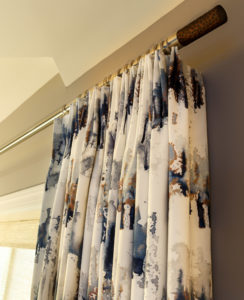
Fun finial on stunning panels — a SCL Design Project
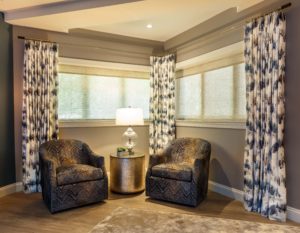
fabric that complements the room and precise installation — a SCL Design Project
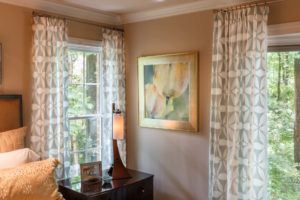
lovely panels — a SCL Design Project
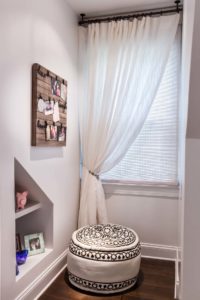
unique installation (brackets on ceiling!) of these sheers — A SCL Design Project
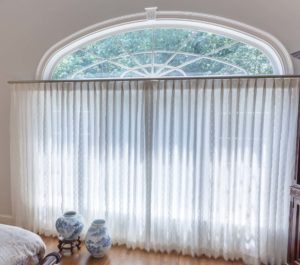
lovely sheers– a SCL Design Project
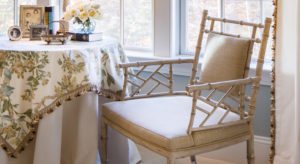
Great trim detail on the drapery panels (and table skirt!)–a SCL Design Project
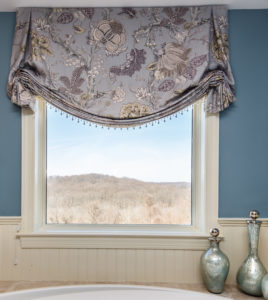
Stunning valance enhanced by the decorative trim — a SCL Design Project
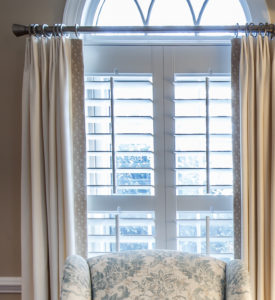
Lovely trim on drapery panels — a SCL Design Project
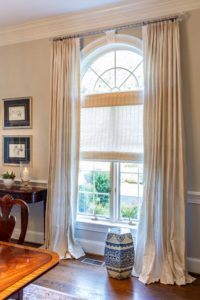
Stunning drapery panels with special finials — a SCL Design Project
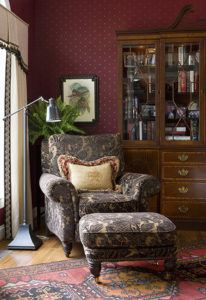
fabulous trim on these window treatments — a SCL Design Project
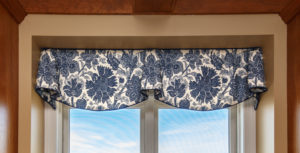
Precise installation of this lovely valance — a SCL Design Project




